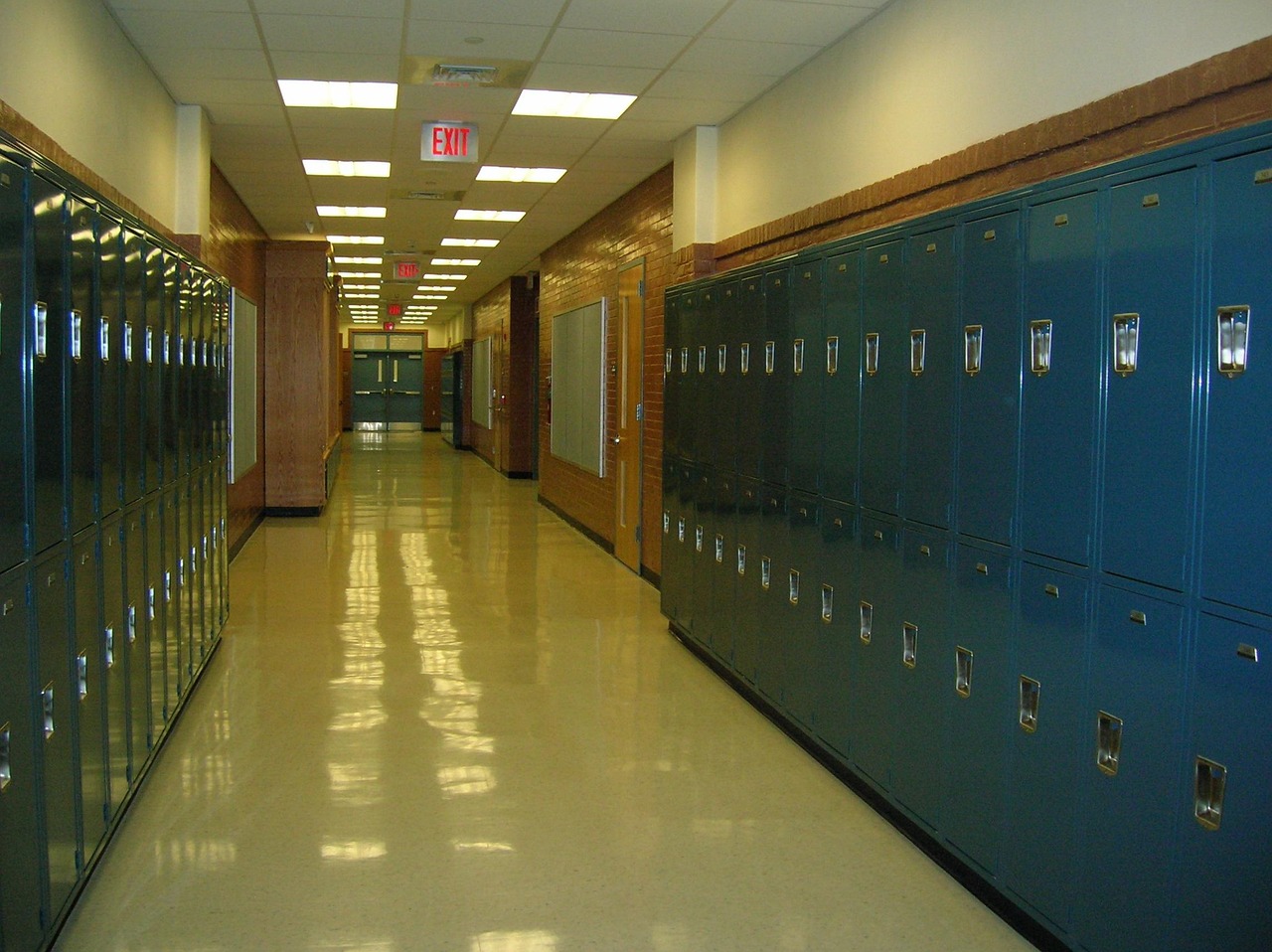Another trusted reader (my mum!) warned me that she didn't finish Yellowface when she tried…
Review: The Way to Paradise
Books can either reflect the world as the reader already knows it, but in a new and surprising way, or introduce a whole new world, which is unfamiliar and exotic.
The Way to Paradise, by Mario Vargas Llosa falls into the second category for me, illuminating the world of painter Paul Gauguin and his revolutionary grandmother, Flora Tristan. These characters lived lives far beyond the ordinary, challenging expectations and breaking down barriers as they fought for their visions of ‘paradise’.
Gauguin famously left the artistic circles in which he lived to chase a new, unsullied, way of life with the ‘savages’ of Polynesia. It was a paradise that proved to be illusive, as what he found in its place stood a colonial outpost and an inability to escape the ‘unspeakable disease’ with which he suffered.
However, enough of the exotic ‘promised land’ remained of Polynesia to enable Gauguin to paint his famous works, drawing on the beauty of the people and the landscape.
It wasn’t just Polynesia that illuminated an experience that was far from ordinary, but also Gauguin’s bohemian lifestyle of excess and rebellion against social norms. Interestingly, this lifestyle was initially novel to Gauguin, who had been on the road to becoming a part of the bourgeois that he would later come to despise. It was as a successful stockbroker that he had discovered art, a passion that led him on his eventual pathway to a very different way of life that included marrying Polynesian teenagers, numerous battles with authority and dissolution.
It was the same dreaded bourgeois that Gauguin railed against with whom his grandmother waged a war. Tristan spent years campaigning for the rights of women and workers, travelling across France to attract sympathisers to her cause. Among those who she crossed paths with was a young Karl Marx. Similarly, Gauguin moved with many notable artists of his time, including ‘the mad Dutchman’ Leonardo da Vinci.
While very different experiences, both Gauguin and Tristan made choices that challenged social mores, sacrificing many sources of comfort and security; both, for different reasons, rejected their families in favour of their ideals and visions.
The reason that Gauguain rejected his previous, comfortable existence become clear when Mario Vargas Llosa writes of his artistic life. The sections of the book that shone most brightly were the passages in which Gauguin was inspired to paint. The Nobel prize-winning writer captured the frenzy of inspiration, and the randomness with which it visited this, and perhaps any, great painter. The book exposed the inner world of an artistic genius, and that was its beating heart.I found myself referring back, at numerous points, to his artworks, to see the finished product that he had been working towards.
Somehow, through this very genius, the reader was carried some way towards tolerating, if not forgiving, many of his cruelties, and his neglect of both his original, and later his Polynesian, wives and his children. Somehow, it explained away his frustrating selfishness and indifference.
Similarly, it was the fact that Tristan was so exceptional in her idealism and her activism, that it was easy to forgive her rages and her arrogance, her neglect of her children and her temper.
The Way to Paradise not only explores new and different worlds, but different ways of being, in which an unsettled genius reflects the world in his art and a revolutionary changes the world. They lived uncomfortably, chasing dreams and ideals; ‘paradises’ that proved to be elusive.




Comments (0)